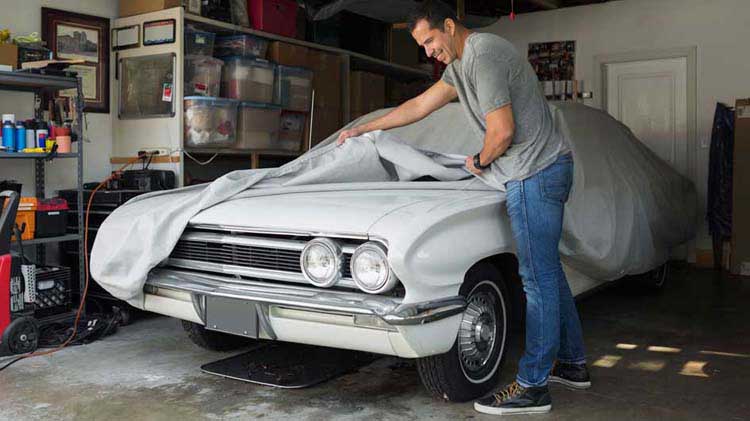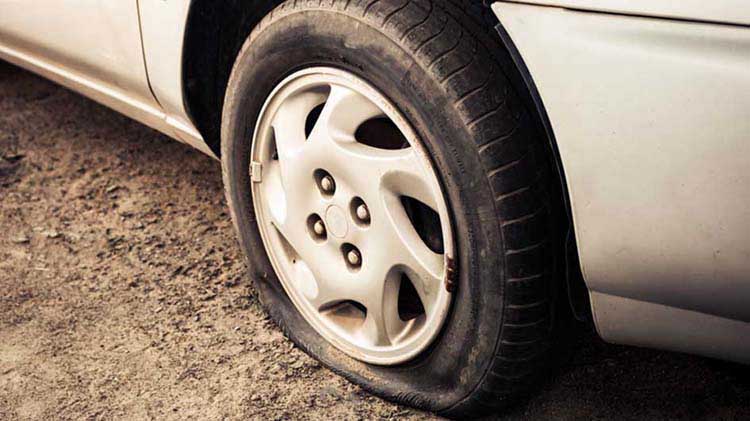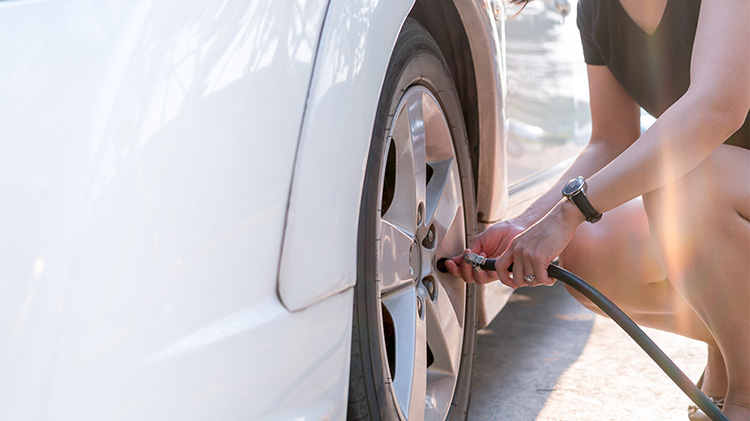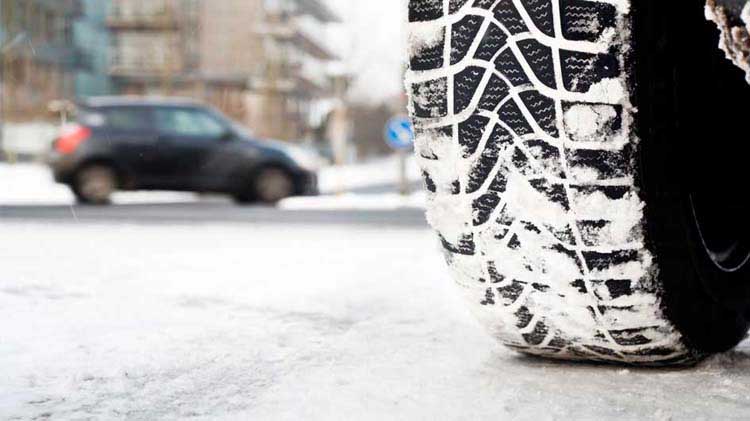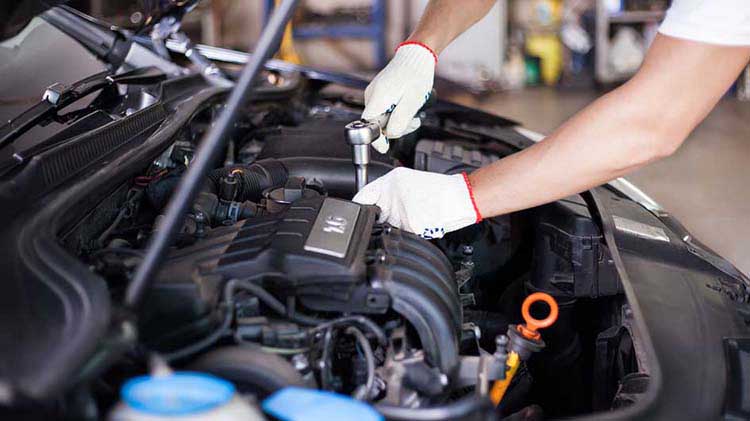Long term car storage: Is your car prepped and insured?
Tips for choosing the right long term vehicle storage facility and how to help protect your car when it's not in use.
Long term car storage helps protect and preserve a vehicle you're not regularly driving due to winter weather or some other reason. Learn more about how to pick a facility, prep your vehicle for storage and consider insurance options.
How to choose a facility
You want to be sure you're leaving your vehicle in a safe place.
- Read online reviews and ask friends or family members for recommendations.
- Consider the level of protection you want: Indoor car storage facilities offer the most. While outdoor options may be less expensive, they offer less protection from the elements.
- Look at prices and special services offered, such as a gated premises, video surveillance and personnel to give your vehicle a regular "workout."
Types of car storage facilities
There are generally three types of car storage facilities: Outdoor, covered and indoor. The one you choose depends a lot on how much protection you're looking for and, of course, how much you're willing to spend. Let's take a brief look at each one.
- Outdoor – Outdoor storage and parking lots are the most common and most affordable, and are usually gated and monitored. However, these facilities leave your car open to the elements, which can cause damage or rust. Using a quality car cover is recommended at an outdoor facility.
- Covered – If you'd rather not have your car completely exposed to the elements, you can choose a covered facility. This will provide some protection from the sun and other weather damage. The cover is usually in the form of a canopy, or a walled in structure in a parking spot at a storage facility. A covered location is a nice middle ground between outdoor and indoor.
- Indoor – For optimal coverage, you'll want to spring for the indoor facility. This will help protect your car from weather damage. If your car is a classic or very expensive, you might even look for a climate controlled unit. While the indoor option is the most expensive, it might give you more confidence knowing your car may be in the same condition when you put it back on the road.
How to prep your vehicle
These tasks can help better protect the interior and exterior of your vehicle before you put it in long term storage.
- Add fuel stabilizer to a full tank and drive for 30 to 40 miles.
- Change the oil and fill up the brake fluid, windshield fluid and coolant.
- Pull the spark plugs and spray oil onto the cylinders to prevent rusting.
- Clean your vehicle, wax the exterior and condition the upholstery to prevent cracking.
- Wipe down the battery and disconnect the negative cable. Or purchase a battery tender.
- Release the parking brake to prevent it from fusing with the rotors – use a chock, or tire stopper, instead.
- Add 10 pounds of pressure to the tires to avoid deflation. Or remove them altogether and put your vehicle on blocks.
- Cover any openings, such as the tail pipe, dash vents or engine gaps, to prevent critters from taking up residence.
- Cover the vehicle with a high-quality weatherproof cover if storing outdoors or a light cloth cover if storing indoors.
Car storage insurance
When your vehicle isn't on the road all year, you might consider adjusting your insurance while it's in storage to save money. Generally, if your vehicle is in storage for 30 days or more, you may be able to suspend liability and collision coverages and only keep comprehensive coverage.
Comprehensive coverage pays to repair or replace a covered vehicle that's stolen or damaged by something other than collision or rolling over. Covered damage might be something like wind, fire, hail or vandalism, to name a few.
You may notice a decrease in your premium if you choose to keep only comprehensive insurance since you'd only be paying for one coverage. Keep in mind if you're still paying on your car, your lender might require you to have both collision and comprehensive coverage for the life of the loan. Always do your research before making any changes to your policy. Talk with your agent to make sure you have appropriate insurance coverage since your insurance company might have certain requirements for this type of policy change.
Can I just cancel my policy while my car is in storage?
Canceling your policy may sound like a good idea, but canceled polices can create a gap in coverage. This could possibly put you in a high-risk category with your insurer. And your car won't be protected – any cost for mishaps that might occur while your car is in storage comes out of your own pocket. Additionally, if you are still making payments on your car your lender may require you to have both collision and comprehensive coverage for the life of the loan.
Getting your car out of storage – and you back on the road
Before you hit the road, be sure to prepare the car for that first drive. Here are just a few things to remember.
- Check all the fluids making sure nothing leaked out while stored. Using a flashlight, check the ground underneath the car looking for any leaks that might have happened.
- If you removed the tires, reinstall them. If you left them on, and before you drive the car, check the tire pressure while they're still cold. Also look for any changes in the tire – thinning tread, bulges or wear.
- If the battery was disconnected, be sure to check the terminals for any corrosion then reconnect the battery making sure all connections are tight. Then check the battery's charge.
- If you covered any openings prior to storing your vehicle, remember to uncover them before starting the engine. Check for any signs of animals or their nests that might be in your exhaust, under the hood or any other openings.
- Before taking that first drive, start the engine and let it idle for a short time.
- If you stored your car for an extended period and only have comprehensive insurance, you'll want to make sure to contact your agent to reinstate liability coverage, and any other coverages you removed before the vehicle is driven.
It's best to talk to your agent to go over your options before storing your car or changing coverages.
